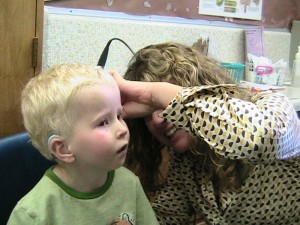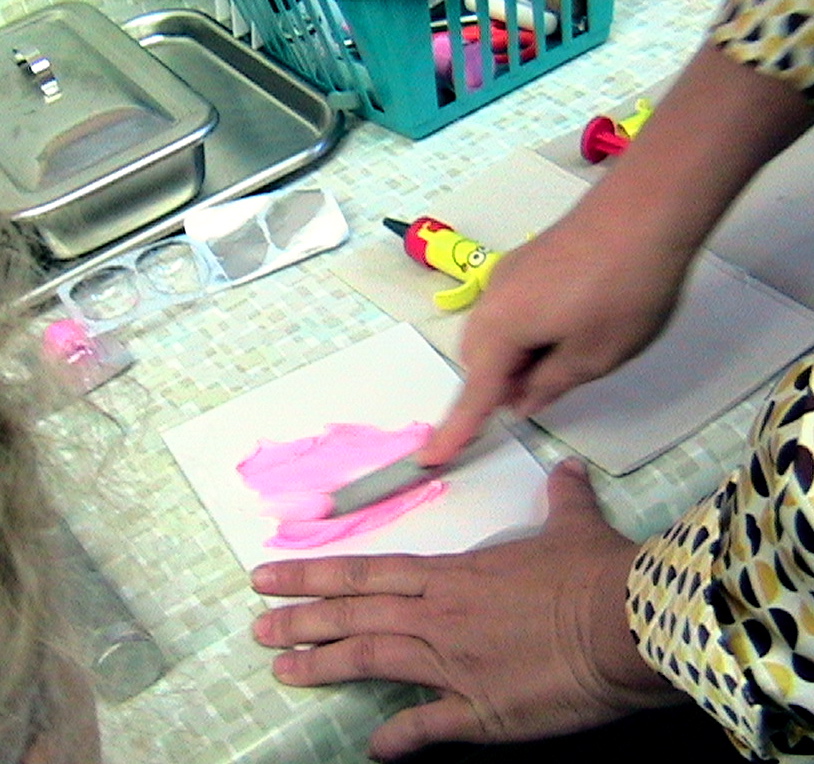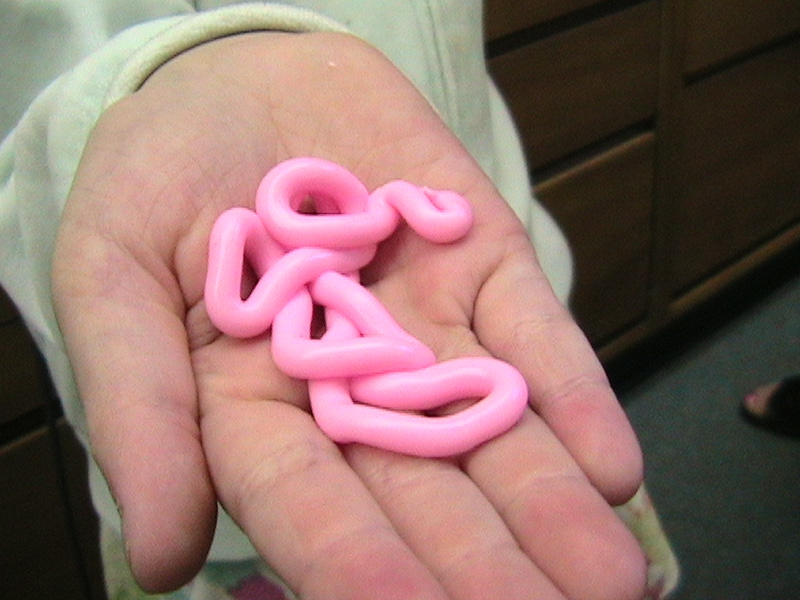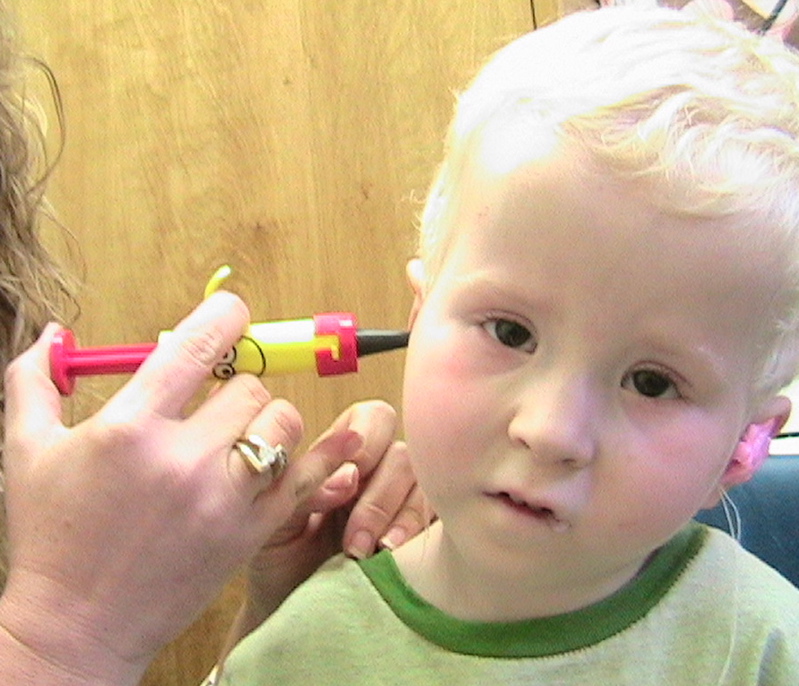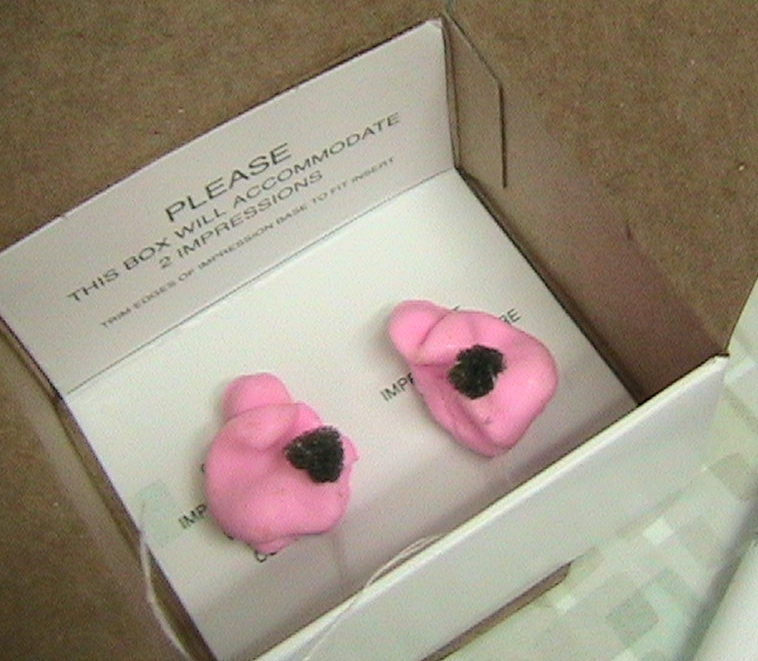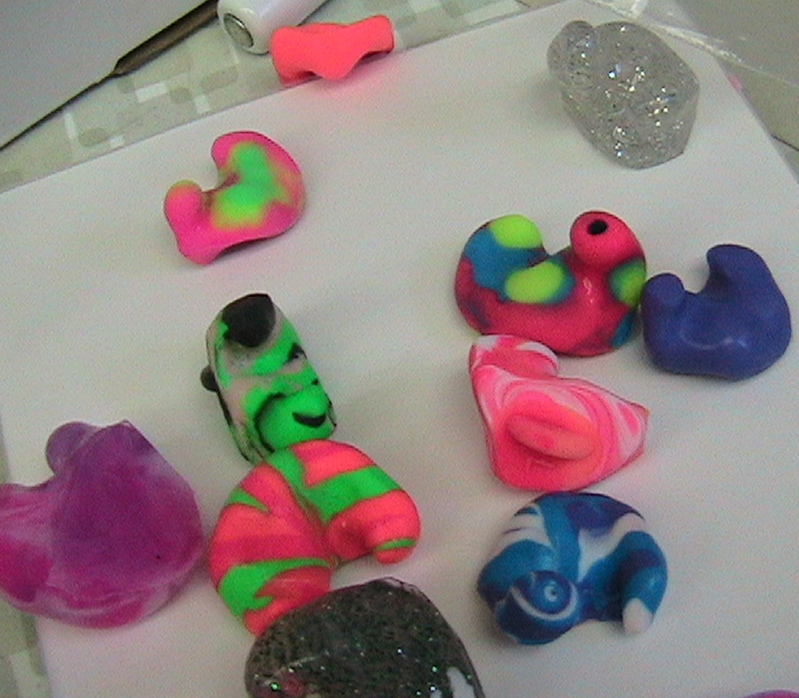First things first: I am happy to report that Friday’s adventure in ick wasn’t the first wave of something worse; Wonderboy stayed healthy over the weekend. Must have been carsickness (again).
But I promised to tell you how the IEP meeting went. It was a very good meeting and I got exactly the outcome I was looking for: Wonderboy will receive speech therapy and audiological services (ear molds, hearing tests) from our local school district.
There were six people at the meeting, plus me (and the boy and the baby). Audiologist, district school psychologist, two speech pathologists, itinerant deaf/HH teacher, deaf/HH preschool classroom teacher. That’s six, right? A goodish crowd. All very nice, all respectful and eager to meet us where we are.
After introductions, we discussed the various options open to my boy (preschool, private speech therapy, etc.). We talked about the results of his speech evaluation and his history. The deaf/HH preschool teacher described her program, which is a four-hour/five-day preschool in which three other students are currently enrolled. It sounds like quite a nice little program, but I don’t think it best fits the needs and situation of Wonderboy and the rest of our family, so I declined that option, choosing private speech therapy sessions and audiology services instead.
Then we looked at the "goals" that had been drawn up by the speech therapist, itinerant deaf/HH teacher, and audiologist. The way it works is you must spell out, on special forms, the goals you’re aiming for and the specific services that apply to each. For example, one goal for Wonderboy is to be able to make several additional consonant sounds in a year’s time. ("Child will correctly produce consonant-vowel-consonant words containing the phonemes b, p, m, t, d, with amplification [hearing aids], with 90% accuracy.") (That doesn’t guarantee he definitely WILL meet that goal by this time next year, but that’s what we’ll be aiming for.)
I was in complete agreement with the speech therapist’s goals and recommendations. I approved those pages and they made it into the final IEP.
However, I did not agree with the necessity of the itinerant teacher’s goals/recommendations. Her goal had to do with language development—not sounds, but using words and sentences—and I do not see a need for outside help in that area. (To put it another way: we can homeschool him in that just fine.) The teacher, who is a very nice and pleasant person, described a curriculum she would like to use—both directly with Wonderboy and "training" me to use it myself. I had to suppress a smile. The curriculum is designed to get a child talking about all the different parts of his day, using conversation about household objects and activities to develop facility with sentences and individual parts of speech.
I think we’ve got that covered.
So we scrapped that goal and its accompanying recommendation for services. This was not a big deal; there was no tension involved. As the parent, the final say on goals and services is up to me. But it was also up to me to decline this section of the proposed IEP.
I mention that here because I think it’s an important part of understanding the IEP process. The school district can make recommendations, but the parent must approve every syllable of the documentation. If you’re not happy with what’s in the IEP, don’t sign it until you are!
Which leads me to a very interesting and important thing I learned at the end of the meeting. I need to look into whether this applies to California only or the entire nation. As my pen was poised to sign the final paperwork, the psychologist notified me (as she is legally bound to do) that once the parent signs the IEP, the child is officially "in the system," and the parent can’t just decide later to pull him out of services without a big to-do. From that point on, the appropriate district personnel (in this case, speech therapist) must agree that the child no longer needs these services in order to cancel them.
This is a significant point. Apparently, it is a recent change to the law (again, I’m not sure whether we’re talking state or federal law—I’ll get back to you on that) during the past year.
Naturally, this caught my interest. I don’t like to be boxed into anything! Now, this news did not affect my course of action, because Scott and I had already made the decision to access these services through the school district instead of seeking them privately. We weighed the pros and cons before I ever picked up the phone to call the district.
But I was curious about how exactly this provision works. I asked what would happen if a parent wanted to pull her kid out of services, say, a month or two down the road. One of the teachers explained that if the speech therapist (or physical therapist, OT, etc) did not agree that the child’s special needs no longer existed, the case would have to go to mediation. If an agreement could not be reached—which I assume means "if the parent still wants out"—then the school district would initiate a due process hearing.
Got that, homeschoolers? If you decide to tap into the public schools’ special-needs services (which is your right), be sure you’re completely comfortable with the goals and services spelled out on the IEP before you sign it. Because once you do, you’re committed. Or rather, your child is. In California, at least.
So did I sign, you’re wondering. Yes. I do want to access the speech therapy and audiology services (ear molds, hearing tests) to which my son is entitled. After all, my tax dollars are helping to pay for these services. But this new law makes it all the more important to do your homework and to read the paperwork with an eagle eye. Make sure the IEP says exactly what you want, and not a syllable more, before you give it your John Hancock.
Related posts on accessing public services for special needs:
Beginning the Process
The Speech Evaluation
Getting an IEP
